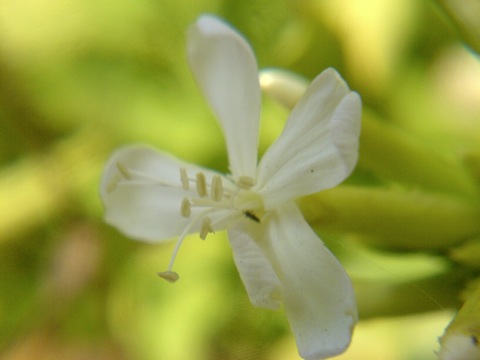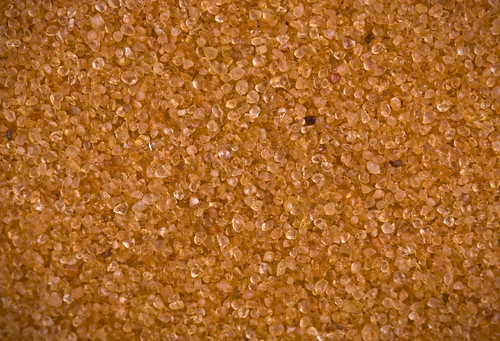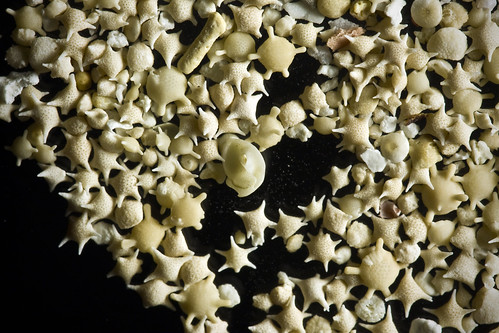ideas: March 2011 Archives
The coming weekend sees the return of Maker Faire to Newcastle. SciCast will be there running a stand, making films and trying not to trip people up with tripods and lighting stands, but last weekend we filmed another group’s preparations:
Too much fun. Click through to the film at Vimeo or this subtitled version.
Of course, in our book cardboard and wood are engineering materials. While this particular film is rather too long to count for SciCast (not to mention that entering our own competition is probably against the rules, or something), we’d just love it if someone submitted a film of a game like this.
Meanwhile: see you in Newcastle this weekend?
A new climate survey began last week and everyone in the UK is invited to take part. There’s a list of four things you can do to help:
- Look out for aircraft trails (contrails)
- Watch cloud movement to record wind direction
- Record how hot or cold you feel, and
- Blow bubbles to measure wind speed and direction near the ground.
Yes, you’ve read number four correctly: blow bubbles. You don’t even have to buy a bubble blowing kit — just watch this video from Open Air Laboratories (OPAL) and learn how to make your own bubble blower cone using only a couple of sheets of paper:
OK, fun and easy, but… why? It’s not as loopy as it sounds — if you blow bubbles outdoors, the way they move can help you determine airflow patterns and speed close to the ground. The meteorologists at the Met Office and the Royal Meteorological Society have written a well-illustrated field guide to show you what to do, and explain what they hope to learn from the data you and thousands of others submit.
The results from all four activities will be published on the OPAL website. You can ask experts questions about the climate, find activities, games and the latest news, and share your weather photos.
Also: lovely idea for a film, no?
One of the things I never managed to bring into the How2 studio was a rubber-powered free-flight model aeroplane. They’re amazing things: gossamer-light, profoundly fragile, yet flying slower than seems remotely possible.
Float is a documentary film that’s in production, but while we’re waiting for it — grab yourself some plans, make a simplified version of one of these models, and put together a SciCast film of your triumphs and disasters. There might be other plans out there too — I found the ones at that link after just a few minutes’ Googling.
Jaded old coot that I am, I don’t often see demonstrations that are new to me. So this film has made my day. Things I think could be better:
- Clamp or at least brace a (probably rather slow) power drill. I think the movement of the centre of rotation rather spoils the effect, or at least clouds the argument.
- A long-exposure photograph should show very lovely trails, which might make it easier to see that the sparks are moving radially (plus or minus a little momentum as they’re ejected from the sparkler). Even better if you can arrange everything vertically.
Sounds like a wonderful idea for a beautiful and useful SciCast film. We’re too good to you.
Obviously: burning things, so schools will want to complete a risk assessment and at home you’ll want to keep anything flammable well away, even with ‘indoor’ sparklers. Eye protection would be a good idea. Think carefully about other things we may not have caught here.
I’ll confess, I never thought of ‘sand collecting’ as being a thing until now. Apparently people do it. Who knew?
However, there’s something rather beautiful about this collection of photographs of sand. We don’t get many geology or earth science films for SciCast, and there’s clearly some interest to be had in exploring the world around you in close-up detail. You may not have a proper macro lens for your camera, but it’s surprising what you can achieve filming through a magnifying glass or a photographer’s loupe. Here’s a picture I took with one of those and a really rubbish old mobile phone camera:

Could be worse, right?
What can you tell us about sand formation, or different types of soil or rock, or plant reproduction, using these sorts of detail shots?
I can’t wrap up this post without one more picture, though: star sand. Who knew this stuff existed? Click through for notes from the photographer.
(sand photos by Flickr user Mouser Williams, published under CC BY-NC-SA.)


